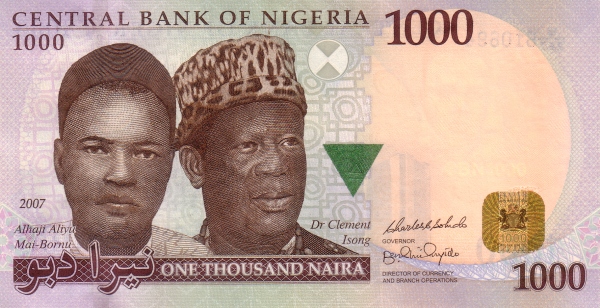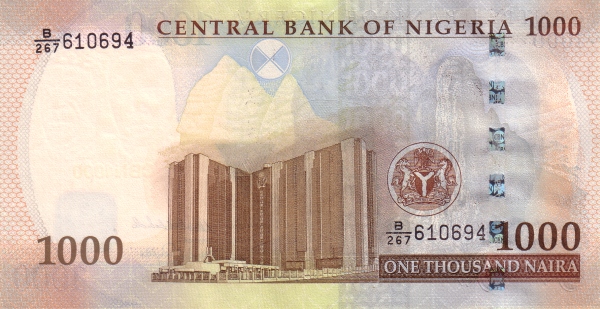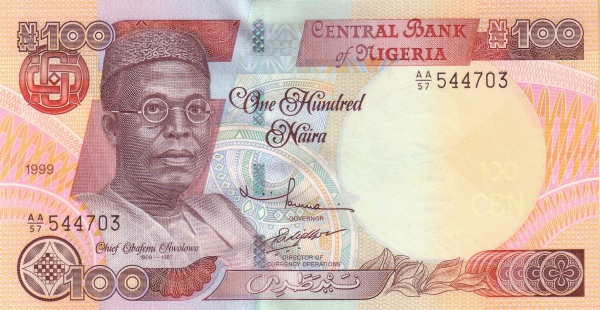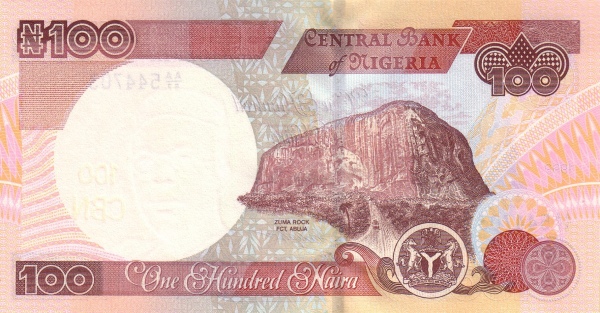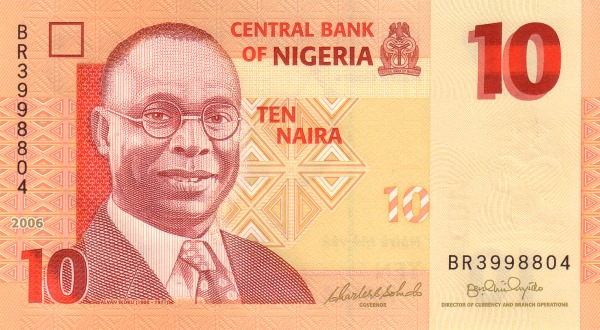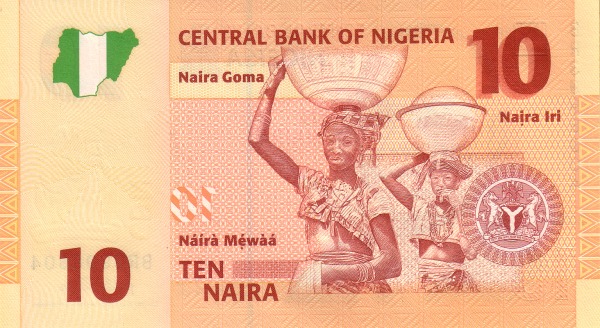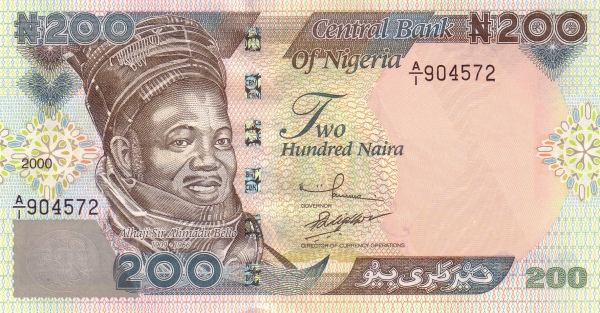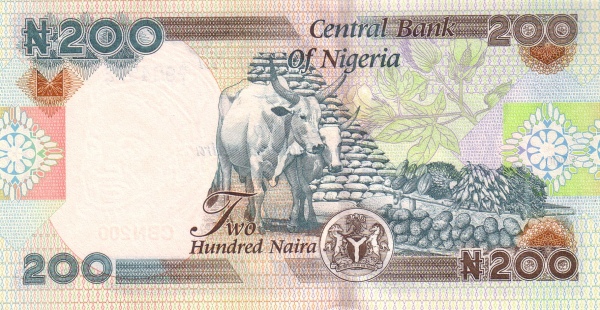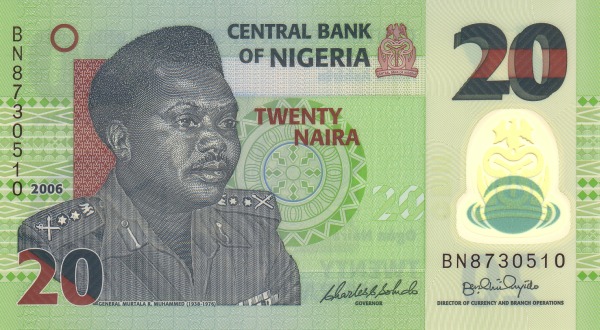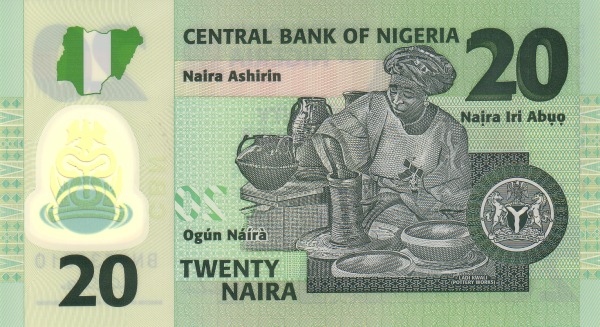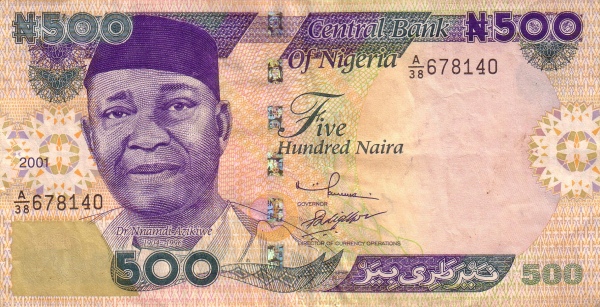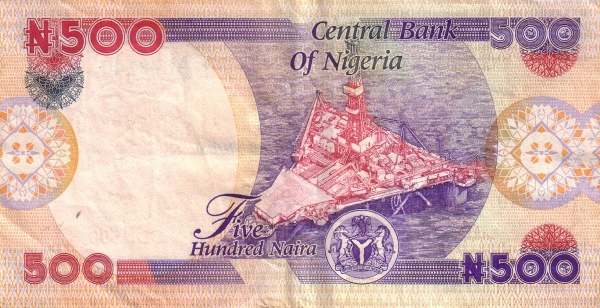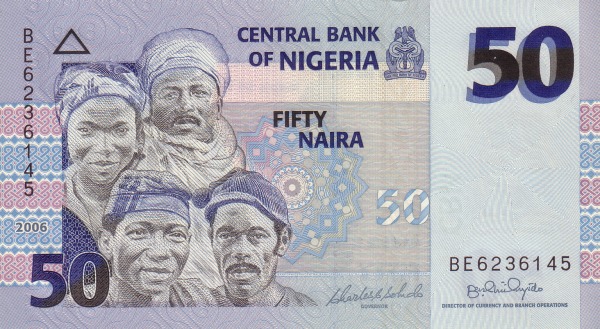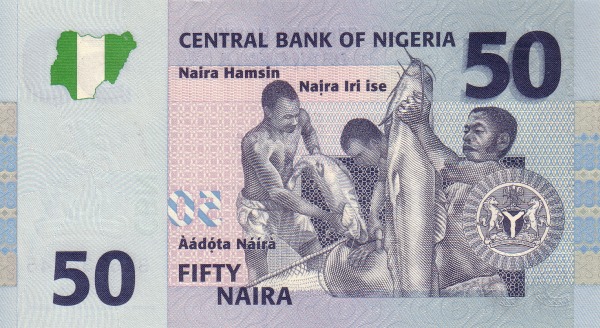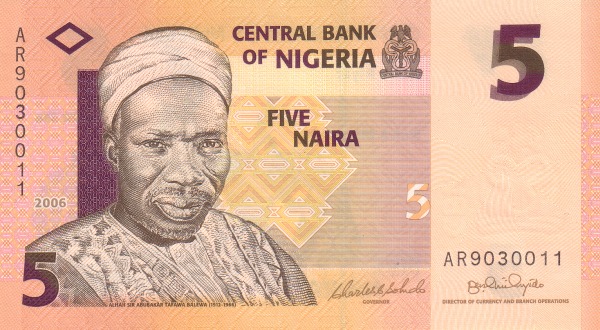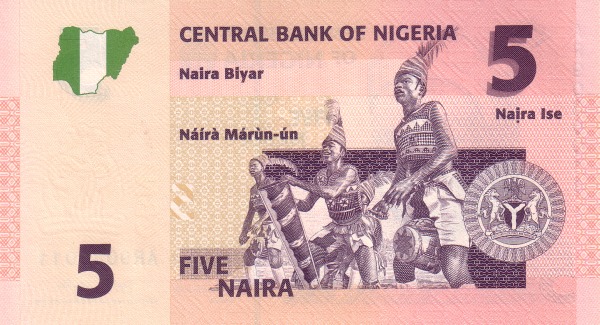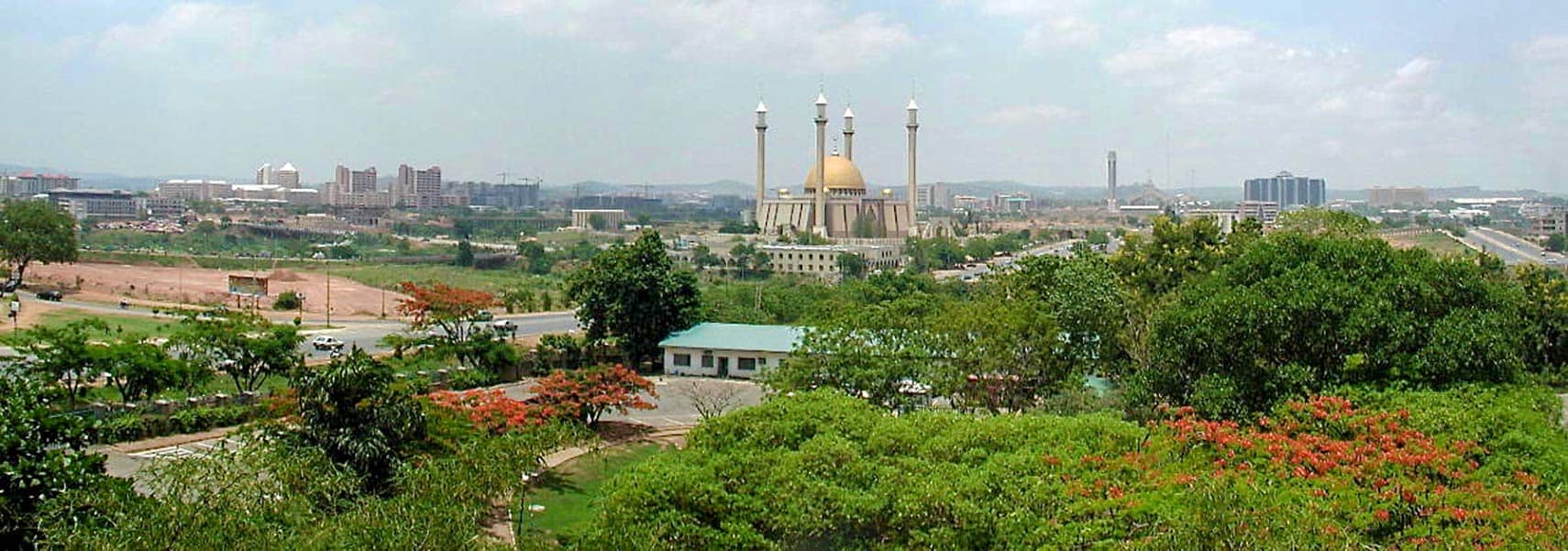Navigating Through Nigeria: A Complex Tapestry
Nigeria, known as the Federal Republic of Nigeria, stands as Africa's most populous country. The rich history of British influence shaped the landscape of Nigeria throughout the 19th century. As time progressed, various constitutions emerged following World War II, gradually granting Nigeria more autonomy until it achieved independence in 1960. Yet, the journey toward self-governance was fraught with challenges. Indeed, the subsequent four decades featured a series of military juntas that ruled the nation from 1966 to 1998. It wasn't until the adoption of a new constitution in 1999 that Nigeria ushered in a period of democratic governance through a peaceful transition.
Moreover, the government now grapples with the monumental task of reforming an economy largely dependent on petroleum. The legacy of corruption and mismanagement has further complicated this endeavor. Additionally, Nigeria continues to face persistent ethnic and religious tensions, which add layers of complexity to its socio-political fabric. Although the presidential elections of 2003 and 2007 were marred by irregularities and violence, insightful progress unfolded in the years that followed. In fact, Nigeria is currently enjoying its longest stretch of civilian rule since attaining independence, with the April 2007 general elections marking a pivotal civilian-to-civilian transfer of power in its history. The subsequent elections in 2011 garnered international regard as credible, showcasing the nation’s potential for democratic stability.
A Geographical Overview of Nigeria
Geographically situated in Western Africa, Nigeria boasts a strategic location bordering the Gulf of Guinea, nestled between Benin and Cameroon. Covering an area of approximately 924,000 square kilometers (or 356,700 square miles), Nigeria exhibits a remarkable diversity in terrain. This land encompasses everything from coastal swamps in the south to tropical forests and open woodlands, transitioning eventually to grasslands and semidesert areas in the far north. Notably, the Jos Plateau rises to impressive elevations between 1,200 and 2,000 meters above sea level, along with mountain ranges that trace the border with Cameroon.
The Climate of Nigeria: A Dual Nature
Within Nigeria's boundaries lies a climate that varies significantly due to its geographical position within the tropics. The country experiences two distinct seasons: the wet season spans from April to October, while the dry season lasts from November through March. This climatic range is fascinating as it transitions from a warm desert climate in the northeastern regions to a tropical savanna climate in the southern parts. Such extremes in weather contribute to the nation’s diverse ecosystems and agricultural practices.
Population: The Heart of Nigeria
The people of Nigeria, known as Nigerians, represent a mosaic of cultures and ethnicities. The country is home to over 237 million inhabitants, making it one of the most populous nations in the world. Nigeria proudly showcases more than 250 ethnic groups, with the Hausa, Yoruba, and Igbo forming the largest segments of the population. This diverse demographic tapestry significantly enriches the nation’s cultural landscape.
Cultural and Religious Landscape
Nigerian society is equally vibrant in its religious compositions, with approximately 53.5% of the population identifying as Muslim and 46% as Christian. In addition to these major religions, indigenous African beliefs remain an integral part of the cultural fabric. Language, too, plays a crucial role in this diversity, as English serves as the official language while Hausa, Igbo, and Yoruba are among the prevalent local languages.
Education in Nigeria: Literacy Rates
When examining literacy, Nigeria faces challenges and triumphs. As of 2018, literacy rates among men stood at 71%, while female literacy lagged slightly behind at 53%. These figures highlight the need for continued investment in education, particularly for young women, to foster long-term growth and empowerment.
Nigeria's Natural Wealth
Naturally endowed, Nigeria possesses a wealth of resources that give it significant economic potential. Among its most notable resources are petroleum and natural gas. These commodities dominate the nation’s exports, comprising an astonishing 95% of total export commodities. Furthermore, Nigeria is rich in minerals such as tin, columbite, iron ore, coal, and limestone, all of which play crucial roles in its industrial sectors.
Agricultural Abundance
In addition to its mineral resources, Nigeria excels in agriculture, producing a variety of staples. The country thrives on crops such as cocoa, peanuts, palm oil, corn, rice, and millet. Livestock farming is also a significant part of Nigerian agriculture, with cattle, sheep, goats, and pigs prevalent across its vast landscapes. The agricultural sector remains a cornerstone of Nigeria's economy, contributing to food security and employment.
Industrial Growth and Trade
Nigeria's industries reflect its rich resource availability, engaging in crude oil production, coal mining, and manufacturing of goods such as textiles, chemicals, and food products. The nation’s exports are diversified, primarily focusing on petroleum and cocoa. In 2022, Nigeria's top export partners included Spain, India, France, the United States, and the Netherlands, illustrating an interconnected global economy.
Import and Economic Interdependencies
As with its exports, Nigeria’s imports tell a compelling story about its economic interdependencies. The country brings in machinery, chemicals, transport equipment, and manufactured goods, with China emerging as its dominant supplier, accounting for a remarkable 32% of total imports in 2022. This reliance on international trade highlights both the opportunities and vulnerabilities inherent in Nigeria’s economic structure.
Conclusion: The Path Forward for Nigeria
In summary, Nigeria represents a nation rich in history, culture, and resources. The complex interplay of its political struggles, diverse populace, and economic potential shapes a narrative that is at once challenging and inspiring. As Nigeria navigates its future, leveraging its rich cultural heritage and vast resource wealth, the global community watches closely, anticipating the continued evolution of this vibrant African nation.
Largest cities of: Nigeria
| City Name | Population | Year of foundation | |
| Abuja | 1,230,000 | 1980 | |
| Lagos | 14,000,000 | circa 1400 | |
| Kano | 4,000,000 | 999 BC | |
| Ibadan | 3,000,000 | 1830 | |
| Benin City | 1,500,000 | 1440 | |
| Port Harcourt | 1,000,000 | 1913 | |
| Jos | 900,000 | 1920 | |
| Ilorin | 800,000 | 1830 | |
| Epe | 300,000 | 1896 |
Nigeria: Money
